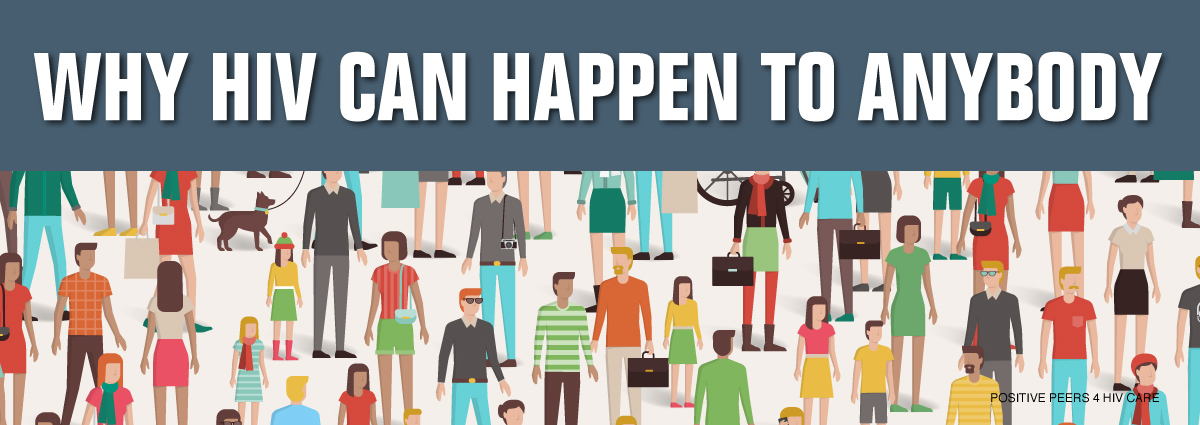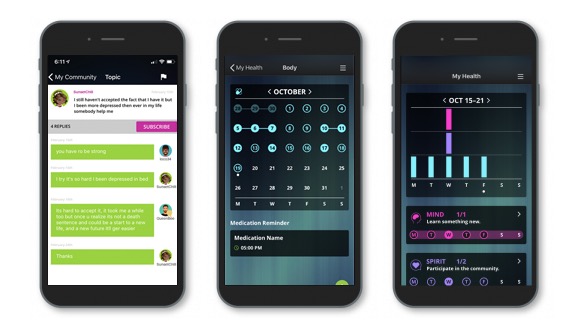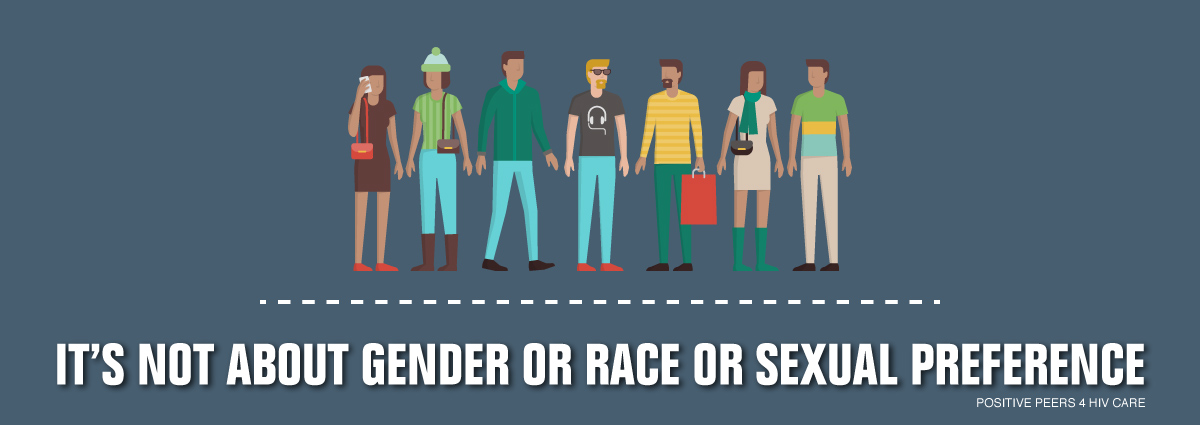By: Jennifer McMillen Smith, LISW-S, HIV Social Worker at MetroHealth Medical Center and medically reviewed by Ann K. Avery, MD, Infectious Disease Physician at MetroHealth Medical Center
Why is HIV considered a gay disease?
Mostly because the virus spread quickly in urban gay communities during the early 1980s. People didn’t understand HIV back then and it made them afraid.
And gay people gave fearful people somebody to blame.
It’s been that way ever since, even though heterosexual contact is the main way HIV spreads around the world. It’s true that in the United States, men who have sex with men still represent the largest group of people living with HIV.
But knowing that can give everybody else the wrong idea: that you have to be gay to get HIV.
Why HIV can happen to anybody
All HIV needs is a way to get into the bloodstream. It can get there from the shared needles of injection-drug users. Or it can pass through the tender tissues of the anus or vagina. It might even pass through sores in the mouth.
Once HIV gets into the blood, it starts attacking the immune system, slowly taking away the body’s ability to fight off infections while making copies of itself at an ever growing rate.
Granted, this seems a bit like burning down your house while you’re still living in it, but nobody said the virus was smart. Viruses do what they do. It’s up to us to keep them out of our bodies.
Come join our private, stigma-free, supportive community.
Health management tools with medication & appointment reminders.
Social networking in a community conversation & private chats.
Women and HIV risk
In recent years, many middle-aged women have been stunned to find out they have tested HIV positive.
In some cases, they had been in monogamous relationships for all their lives and had never made a habit of using condoms to protect themselves. It never occurred to them that they were at any risk of contracting HIV.
And lots of younger women who didn’t know their boyfriends or husbands were using injected drugs or having affairs with other people also tested positive.
These are the kinds of things that can happen if people think HIV is a “gay disease.”
The Centers for Disease Control and Prevention estimate that nearly nine out every 10 women who get HIV in the United States are infected by heterosexual contact. And one out of every four new HIV infections in the U.S. happens to women.
Women’s bodies have two places — the vagina and the anus — where soft, porous tissues allow HIV to easily pass into their bloodstreams. This is one of the reasons why women are much more vulnerable to HIV than they might think.
It’s also why they need to make sure they practice safer sex and get tested for HIV regularly.
It’s not about gender or race or sexual preference
It’s true that two out of every three new HIV cases in the U.S. are men who have sex with men.
It’s also true that young gay African-American men are among the most likely to become infected with HIV.
However, it’s not because they are gay or black or both. HIV doesn’t care how you identify racially, who you choose to have sex with, or what your gender identity is.
What puts a person at risk is their actions and behaviors. Things like engaging in needle sharing, inconsistent condom use, sex with multiple partners of unknown statuses, and more.
Anyone can get HIV, that’s why it’s called Human Immunodeficiency Virus.
Positive Peers is made possible through a U.S. Department of Health and Human Services Health Resources and Services Administration, HIV/AIDS Bureau Special Projects of National Significance (SPNS) Grant to The MetroHealth System. Click here for more information about the SPNS grant initiative.
Positive Peers is a private app for young people living with HIV. Learn how you can earn rewards for your participation.



